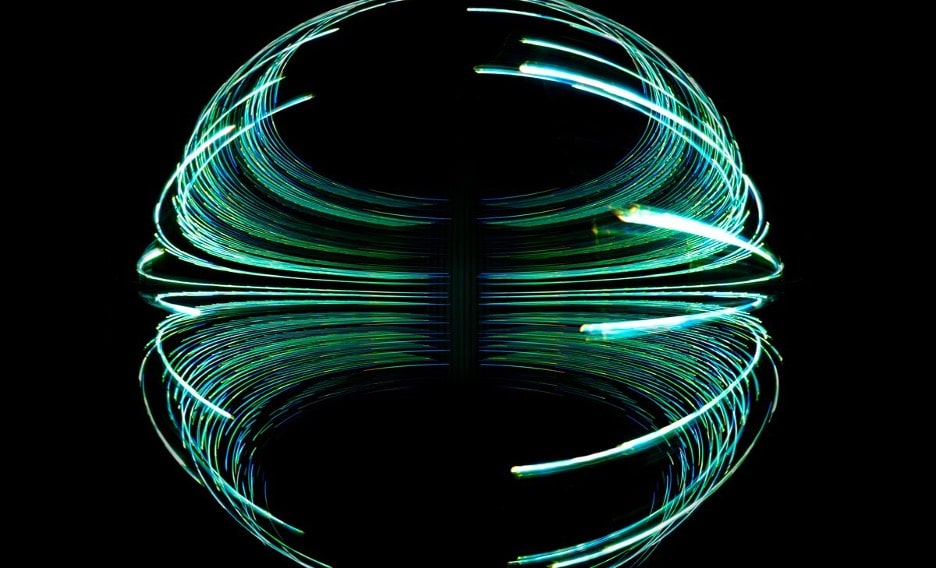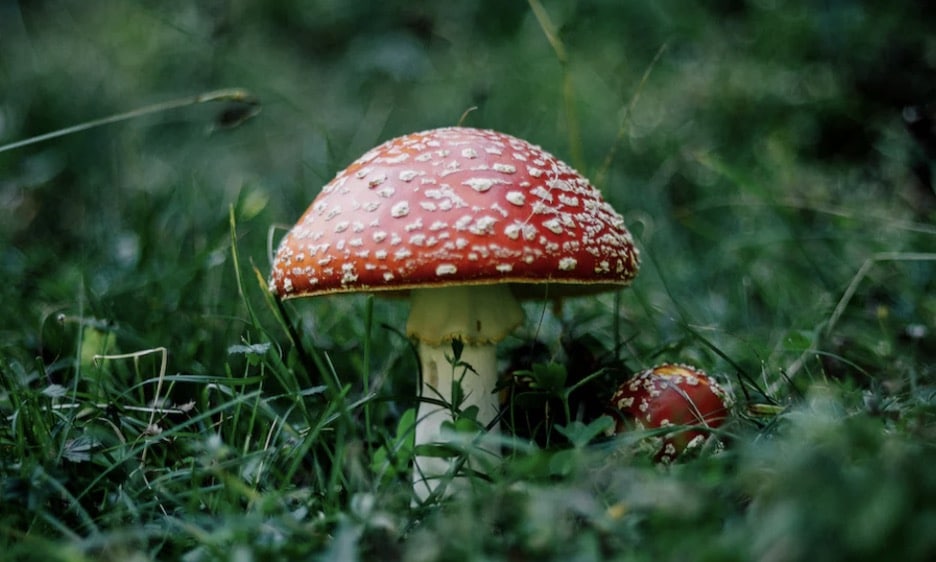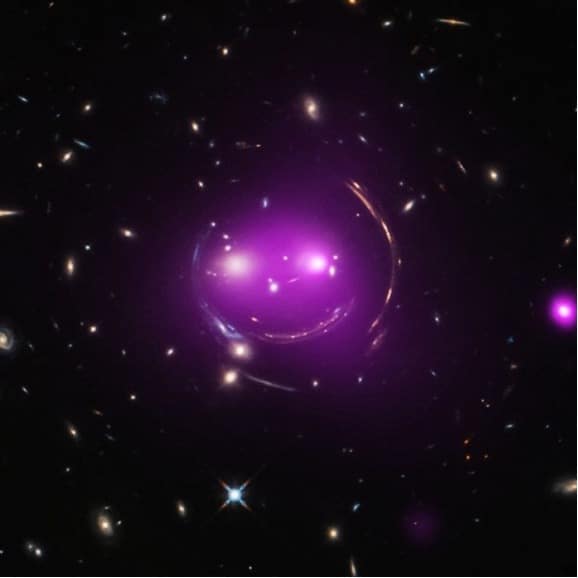We all know Alice in Wonderland is everywhere. Since Lewis Carroll’s tale about a young girl wandering through Wonderland was published over 150 years ago, Alice has been ever-present in pop culture. There have been numerous adaptations in film, television, literature, video games, and board games. Alice’s story has directly and indirectly inspired musicians and storytellers, most recently with Yorgos Lanthimos’ Poor Things. Words and phrases such as a “Cheshire Cat grin” and “down the rabbit hole” are constant parts of everyday speech. But Alice isn’t just ubiquitous in culture, you can also find her in every facet of science. From the cosmos to psychology, Alice has influenced how we understand and define our world.
Here are five places where you can find Wonderland in science:

Wonderland is a wild, mind-bending world entirely different from our own. However, a recent creation by Finnish and American scientists shows that our world might have more in common with Wonderland than we previously thought. The Alice Ring is a decayed monopole “that flips the magnetic charge of any other monopole passing through its center, creating an anti-monopole.”
Yes, as someone who never took physics, that was confusing for me too. A monopole is essentially a magnet with just one magnetic pole. The Alice Ring looks like a regular monopole but when you look inside, things get curiouser and curiouser. “Everything seems to be mirrored, as if the ring were a gateway into a world of antimatter instead of matter,” said co-creator Mikko Mottonen of Aalto University in Finland. A realm where everything appears to be the opposite of the norm? It makes sense why they named it after Alice. The prospect that science can quite literally create mirrored realities is both exciting and frightening, similar to Wonderland.

Mushrooms are synonymous with Alice in Wonderland, especially the psychedelic ones. In the novel, Alice eats a mushroom that changes her size, evoking the hallucinogenic effects of psilocybin mushrooms. While there is no evidence psychedelics or any other type of drug, influenced Lewis Carroll, the story’s connection to mind-altering substances is undeniable, especially since the 1960s when the counterculture embraced the connections to drugs found in Alice’s Adventures in Wonderland.
Mushrooms, however, are becoming more and more mainstream. Specifically, their medicinal qualities are being fully explored for the first time. In a recent presentation to the Memphis Rotary Club, Dr. Ronald L. Cowan of the University of Tennessee Health Science Center outlined the exciting possibilities that magic mushrooms have for treating depression. Magic mushrooms showed effects in a few days to two weeks and helped to resolve depression in about two-thirds of patients, both at better rates than traditional antidepressants. Though it is a small sample size, the results are encouraging.
How does Alice play into this? The music, film, literature, and values of the 1960s counterculture that embraced and espoused the psychedelic qualities of Alice in Wonderland have become part of the mainstream, bringing with it more progressive attitudes toward drugs. It is not improbable that Alice’s role in that counterculture, along with its continuing prevalence in our culture, played a role in society being comfortable with exploring the possibly life-changing benefits of psychedelic mushrooms.

Perhaps the most famous, or infamous, example of Alice in science is the mysterious Alice in Wonderland Syndrome. The rare syndrome involves distorted perception and instances of it began cropping up in medical texts around 1900. In a 1952 paper, neurologist Caro Lippman recounted several examples from patients including “a sensation of the neck extending out on one side for a foot or more,” a woman’s “left ear ‘ballooning out 6 inches or more,’” and another patient reporting that if felt like her head grew to “tremendous proportions” and floated up to the ceiling. The litany of other testimonies is very similar to Alice’s experiences in Lewis Carroll’s novel. A common thread amongst Lippman’s patients was that most also suffered from migraine headaches. This gave rise to speculation that Carroll, who also suffered from migraines, may have been directly influenced by his affliction, though no such complaints have been found in his diaries.
The cause of Alice in Wonderland Syndrome is not well understood. Brain inflammation due to the Epstein-Barr virus seems to be the most common cause of symptoms in children while symptomatic adults most often present with migraines. Tumors and schizophrenia are also potential causes. While the syndrome is just as mysterious as the inner workings of Wonderland, scientists are better able to explore the disorder due to neuroimaging technology which can help track the relationship between symptoms and brain activity.

The mischievous grin of the Cheshire Cat is an iconic image that has cropped up in a variety of media. The cat’s teasing, enigmatic smile can also be seen in the cosmos. The Cheshire Cat galaxies are a group of distant galaxies that resemble the grin of Lewis Carroll’s feline. The galaxies are an example of gravitational lensing, where the galaxies’ light “has been stretched and bent by the large amounts of mass,” which is usually dark matter. In this case, the mass surrounds the “eyes” and “nose”. The circular “face” is formed by the gravitational lensing of four galaxies far behind the “eye” galaxies.
But these galaxies are not just stagnating in space. Much like Wonderland, they are constantly changing. The two “eye” galaxies, for example, are on a collision course, hurtling towards each other at over 300,000 miles per hour. Astronomers believe that the Cheshire Cat galaxies will eventually become more like a Cyclops group once the two “eye” galaxies collide and merge. But don’t worry, that won’t happen for another billion years.

Lewis Carroll created many fantastical creatures for Wonderland and one of his creations lent its name to a wondrous creature of Earth - a dinosaur. The Borogovia was a small theropod (hollow bones and three toes and claws on each limb) that lived 66-84 million years ago and was first discovered in the 1970s in southern Mongolia. The Borogovia, which belongs to the group of dinosaurs that evolved into birds, reminded paleontologist Halszka Osmolska of another avian creature - Lewis Carroll’s borogoves. Borogoves are mentioned in the poem “Jabberwocky” and Humpty Dumpty describes a borogove as “a thin shabby-looking bird with its feathers sticking out all round—something like a live mop.” The spindly legs of the dinosaur certainly evoke the characteristics of its Wonderland namesake and it's fitting that fiction became fact and this feathered Wonderlander lives on in an ancestor of birds that once roamed Earth.

An itinerant storyteller, John Drain attended the University of Edinburgh before studying film at DePaul University in Chicago and later earned an MFA in Screenwriting from the American Film Institute Conservatory. John focuses on writing mysteries and thrillers featuring characters who are thrown into the deep end of the pool and struggle to just keep their heads above water. His work has been recognized by the Academy Nicholls Fellowship, the Austin Film Festival, ScreenCraft, Cinestory, and the Montreal Independent Film Festival. In a previous life, John created and produced theme park attractions across the globe for a wide variety of audiences. John keeps busy in his spare time with three Dungeons and Dragons campaigns and a seemingly never-ending stack of medieval history books.